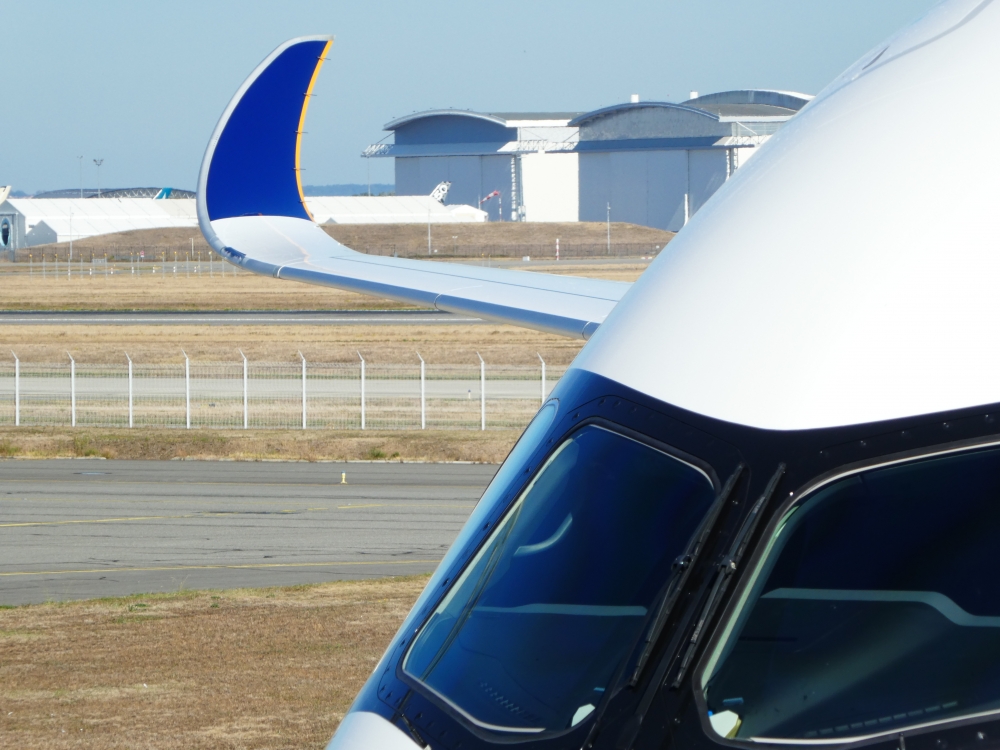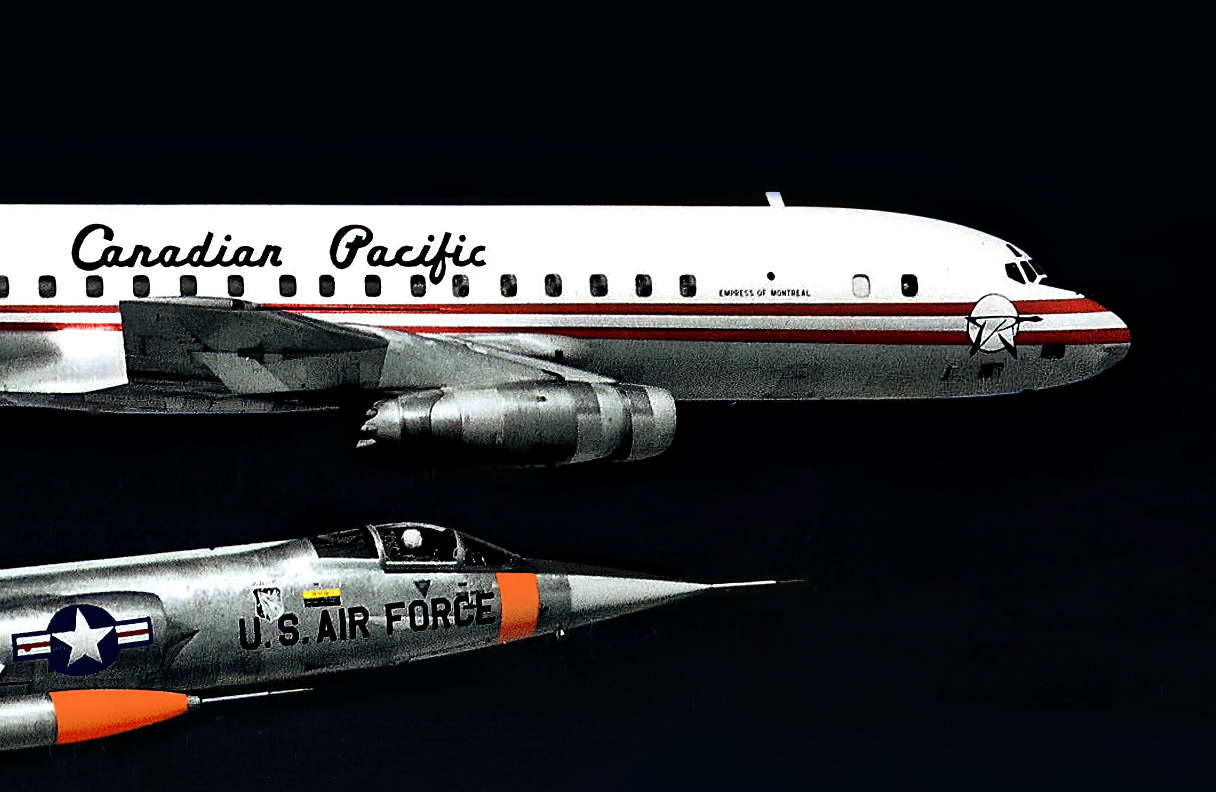Automatically ejecting black boxes slated for Airbus planes
22 June, 2017
3 min read


EUROPEAN plane-maker Airbus will offer a “black box” flight recorder designed to automatically eject from an aircraft deforming significantly under stress or immersed in water.
The new automatic deployable flight recorder (ADFR) is designed for longer-range aircraft and will be installed at the rear of the fuselage. It will be manufactured by DRS Technologies Canada, a unit of DRS Leonardo, and is expected to be available in 2019, initially on A350 aircraft.
It will be designed to float and comes with a crash-protected memory module capable of storing up to 25 hours of voice and data recordings as well as emergency locator transmitter to help rescue teams find it more rapidly.
It was one of two new flight recording systems unveiled by the plane-maker at this year’s Paris Air Show in a program developed in collaboration with L3 technologies.
The other was a fixed cockpit voice and data recorder (CVDR) capable of meeting new requirements to extend the duration of voice recording from the current two hours to 25 hours.
Airbus plans to install two of these recorders on single-aisle A320s to increase the redundancy for both flight and data recordings. Aircraft today often have flight one data recorder and one voice recorder.
The manufacturer said the deployable ADFR would be installed in the rear of the fuselage, while a fixed CVDR will be installed near the front of the aircraft. It said this would greatly increase the redundancy for both voice and flight data recovery compared with today’s systems.
Airbus Commercial Aircraft executive vice-president Charles Champion said Airbus and its partners were leading the commercial aircraft industry in implementing the new flight recorders.
“Starting with the very long-range A350 XWB, we look forward to progressively installing these new voice and data recovery devices across our entire product range,’’ he said.
The International Civil Aviation Organisation announced new provisions for flight recorders in 2016 in response to the mysterious disappearance two years earlier of Malaysia Airlines flight MH370 in the southern Indian Ocean.
As well as the 25-hour extended cockpit voice recordings, the amendments to Annex 6 of the Chicago Convention require commercial aircraft to carry distress tracking devices which can autonomously transmit location information at least once every minute in distress circumstances.
They also require aircraft to be equipped with a means to have flight recorder data recovered and made available in a timely manner.
Get the latest news and updates straight to your inbox
No spam, no hassle, no fuss, just airline news direct to you.
By joining our newsletter, you agree to our Privacy Policy
Find us on social media
Comments
No comments yet, be the first to write one.

